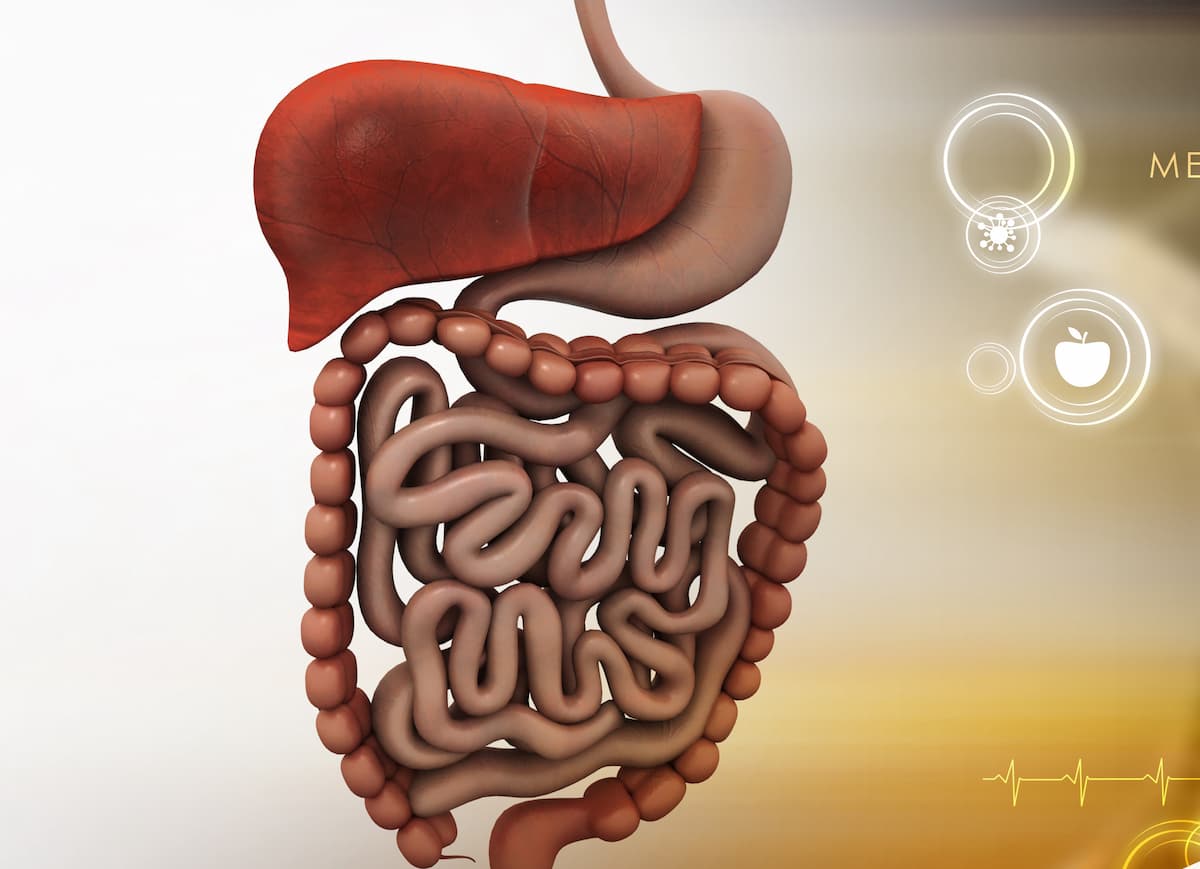Tislelizumab/Chemo Approved by European Commission For ESCC/GEJ
The European Commission has approved tislelizumab plus chemotherapy as treatment for patients with esophageal and gastric or GEJ cancer.
The European Commission has approved tislelizumab plus chemotherapy as treatment for patients with esophageal and gastric or GEJ cancer.

Tislelizumab (Tevimbra) in combination with chemotherapy has been approved by the European Commission for the first-line treatment of patients with esophageal squamous cell carcinoma (ESCC) and gastroesophageal junction adenocarcinoma (GEJ), according to a press brief from the developer, BeiGene.1
In February 2024, the FDA previously accepted a biologics license application (BLA) for tislelizumab plus chemotherapy as treatment for patients with GEJ.2 In September 2023, the FDA accepted a supplemental BLA for first-line tislelizumab after chemotherapy in patients with ESCC.3
The decision comes following results from 2 trials: the phase 3, randomized, placebo-controlled, double-blind RATIONALE-306 trial (NCT03783442) that evaluated the safety and efficacy of tislelizumab with chemotherapy as a first-line treatment for patients with unresectable, locally advanced recurrent, or metastatic ESCC, and the phase 3, randomized, double-blind, placebo-controlled RATIONALE-305 trial (NCT03777657) that evaluated the safety and efficacy of tislelizumab as a first-line treatment for patients with advanced unresectable or metastatic GEJ.
“Patients diagnosed with advanced gastric and esophageal cancers confront median survival times in months, not years—highlighting the urgent need for more effective treatment options,” director and professor of Oncology of the University Cancer Center Leipzig, Germany, Florian Lordick, MD, PhD, stated in the press release.1 “The compelling data from the RATIONALE-305 and 306 trials underscore the unique clinical profile of tislelizumab and its potential to deliver meaningful improvements in outcomes for eligible patients, offering new hope where it’s needed most.”
The safety data of more than 2800 patients (1534 who received tislelizumab as monotherapy and 1319 who received it in combination with chemotherapy) was sent in the applications to the European Commission. Neutropenia, thrombocytopenia, anemia, fatigue, hypokalemia, hyponatremia, pneumonia, decreased appetite, rash, and lymphopenia were among the most common grade 3 or 4 adverse effects for tislelizumab given with chemotherapy.1
RATIONALE-306
The RATIONALE-306 trial met its primary end point of overall survival (OS) for tislelizumab with chemotherapy compared with placebo plus chemotherapy. Median OS for the tislelizumab group was 17.2 months compared with 10.6 months in the placebo group (HR, 0.66; 95% CI, 0.54-0.80; 1-sided P-value <.0001). Additionally, the median 3-year OS in the PD-L1 of 5% or more population was 19.1 months for the tislelizumab group and 10.0 months for the placebo group (HR, 0.62; 95% CI, 0.49-0.79).1
A total of 649 patients were enrolled across North America, Asia-Pacific, and Europe. To be eligible for participation, patients were required to have a histologically confirmed diagnosis of ESCC and stage 4 unresectable ESCC at first diagnosis or unresectable, locally advanced recurrent or metastatic disease per American Joint Committee on Cancer 7th edition.3 A treatment-free interval of at least 6 months was required.
Patients were randomly assigned in a 1:1 ratio to 1 of 2 groups. The experimental group received 200 mg of tislelizumab intravenously on day 1 of each cycle every 3 weeks and the placebo group received a matched placebo on day 1 of each cycle every 3 weeks. Chemotherapy for both groups was 1 of 3 doublets, each containing cisplatin, oxaliplatin, fluorouracil, capecitabine, and paclitaxel.3
RATIONALE-305
The RATIONALE-305 trial met its primary end point of OS for tislelizumab plus chemotherapy compared with placebo plus chemotherapy. For patients treated with tislelizumab, median OS was 15.0 months vs 12.9 months for patients with placebo plus chemotherapy (HR, 0.80; 95% CI, 0.70-0.92; P = .0011). Also, the median OS in the PD-L1 of 5% or more population was 16.4 months in the tislelizumab group and 12.8 months in the placebo group (HR, 0.71; 95% CI, 0.58-0.86).1
A total of 997 patients were enrolled, and eligibility requirements were as follows: locally advanced gastric cancer (GC) or GEJ carcinoma and histologically confirmed adenocarcinoma, no previous systemic therapy for locally advanced unresectable or metastatic GC/GEJ cancer, an ECOG performance score of 1 or lower, and adequate organ function.4
Randomization occurred in a 1:1 ratio and patients were assigned to 1 of 2 groups. The experimental group received 200 mg of tislelizumab intravenously on day 1 of each 21-day cycle and the placebo group received a placebo to match the tislelizumab group. Both groups received the same chemotherapy regimen: 80 mg/m2 of cisplatin intravenously on day 1 of each 21-day cycle, 130 mg/m2 of oxaliplatin intravenously on day 1 of each 21-day cycle, 1000 mg/m2 of capecitabine orally twice on days 1 to 14 of each 21-day cycle, and 800 mg/m2 per day of fluorouracil intravenously using continuous pumping system on day 1 to 5 of each 21-day cycle.4
References
- European Commission approves BeiGene’s TEVIMBRA for first-line treatment of advanced/metastatic esophageal squamous cell carcinoma and gastric or gastroesophageal junction cancer. News release. BeiGene. November 27, 2024. Accessed November 27, 2024. https://tinyurl.com/4757s9ap
- BeiGene’s biologics license application for TEVIMBRA® (tislelizumab) for first-line gastric or gastroesophageal junction cancers accepted by FDA. News release. BeiGene, Ltd. February 27, 2024. Accessed November 27, 2024. http://tinyurl.com/ymbdbm58
- BeiGene announces positive regulatory updates in Europe and the U.S. after recently regaining global rights for TEVIMBRA®. News release. BeiGene, Ltd. September 19, 2023. Accessed November 27, 2024. https://tinyurl.com/2w3zd73c
- A study of tislelizumab (BGB-A317) in combination with chemotherapy as first line treatment in participants with advanced esophageal squamous cell carcinoma. ClinicalTrials.gov. Updated October 26, 2024. Accessed November 27, 2024. https://tinyurl.com/45893cua
- Tislelizumab in combination with chemotherapy as first-line treatment in adults with inoperable, locally advanced or metastatic gastric, or gastroesophageal junction carcinoma. ClinicalTrials.gov. Updated October 26, 2024. Accessed November 27, 2024. https://tinyurl.com/2k68sf35